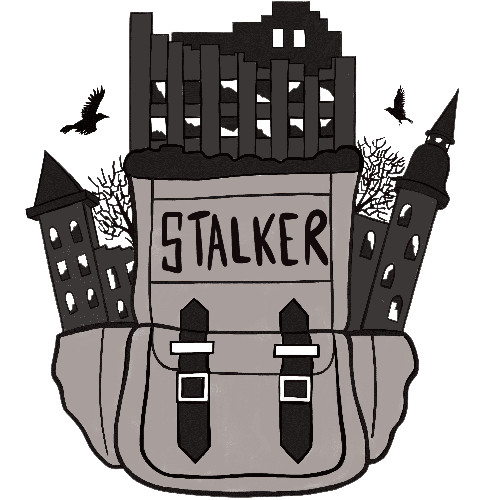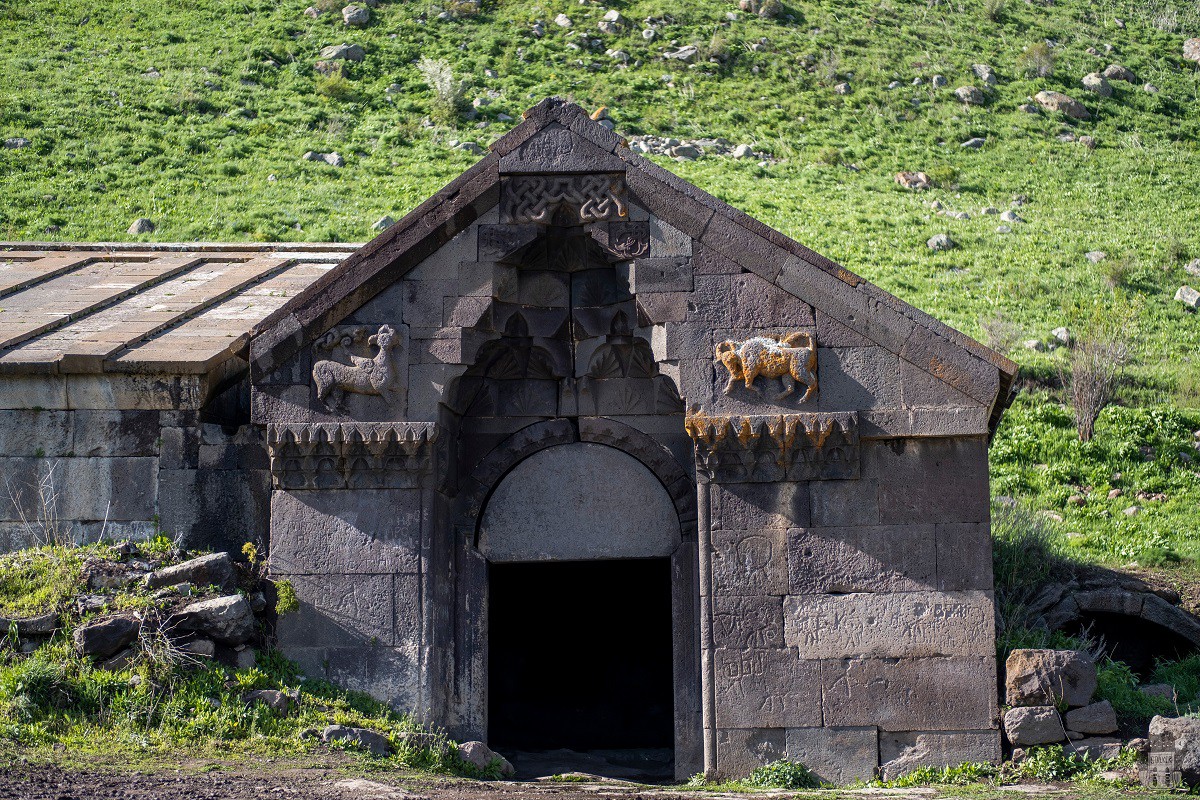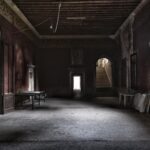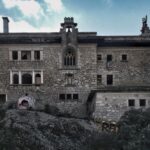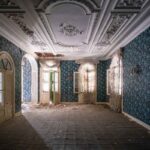Built-in 1332 by Prince Chesar Orbelian to house travellers and their animals and located at an elevation of 2410 metres above sea level, the Orbelian Caravanserai (Օրբելյանների Քարվանսարա; also known as Sulema Caravanserai and Selim Caravanserai, Սելիմ), is the best-preserved caravanserai in the entire country.
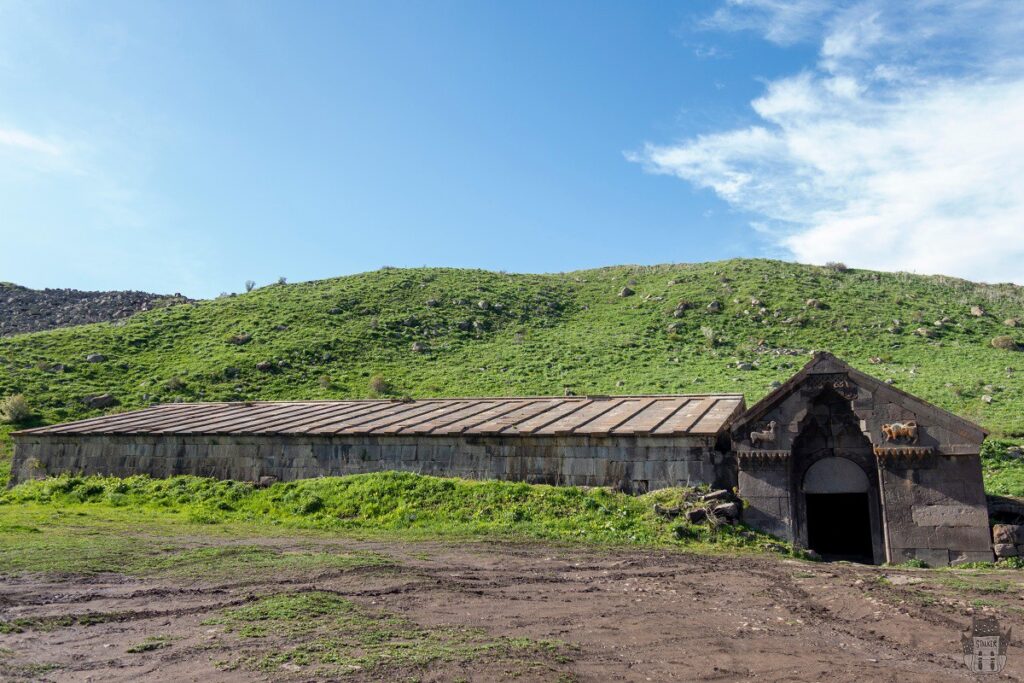
Vayots Dzor
The caravanserai is located about thirty kilometres north of Yeghegnadzor, directly south of the Selim Pass (2,410 m) in the Vardenis Mountains, on an ancient trade route, the present-day M10 road, which connected Yeghegnadzor to Martuni, south of Lake Sevan, on the border of the former Vayots Dzor and Gegharkunik cantons of the historical Syunik province. The name of Selim derives from that of the river of the same name, a few kilometres further south.
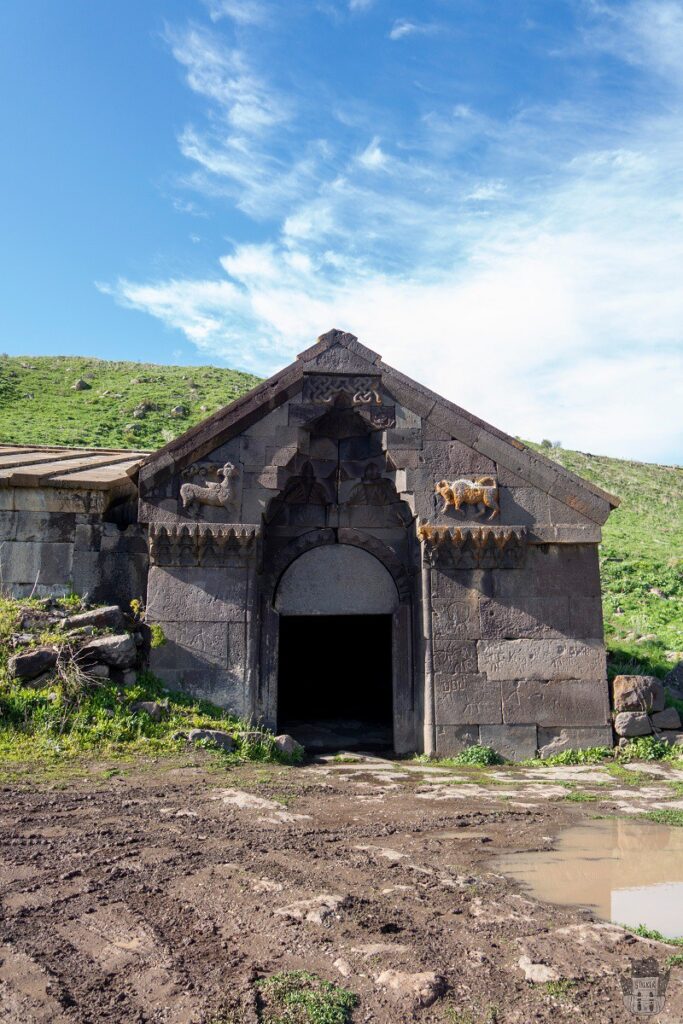
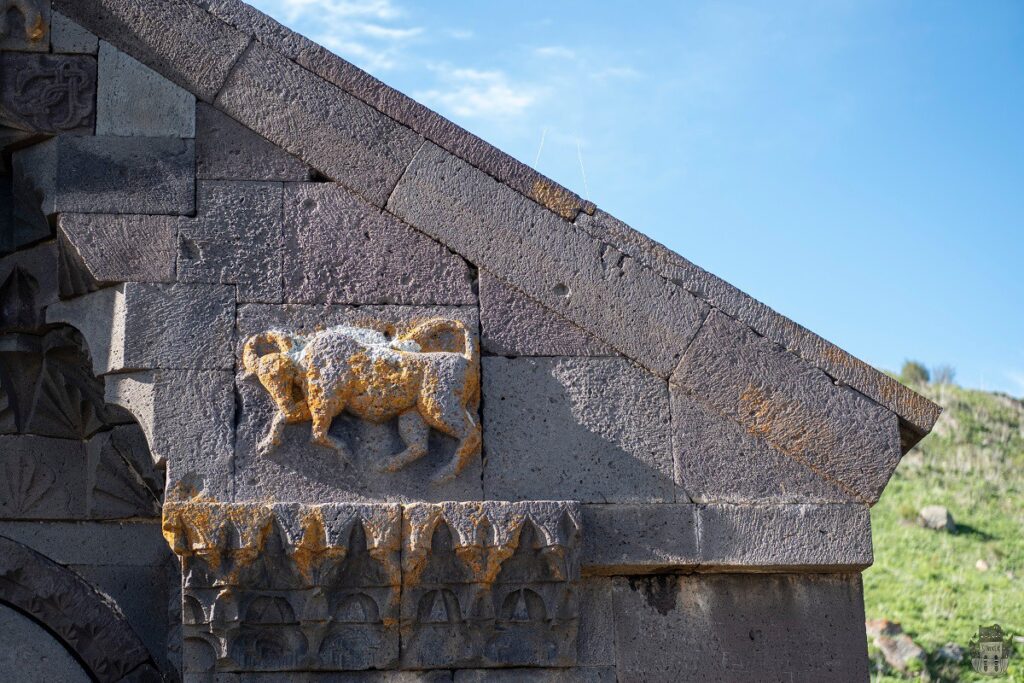
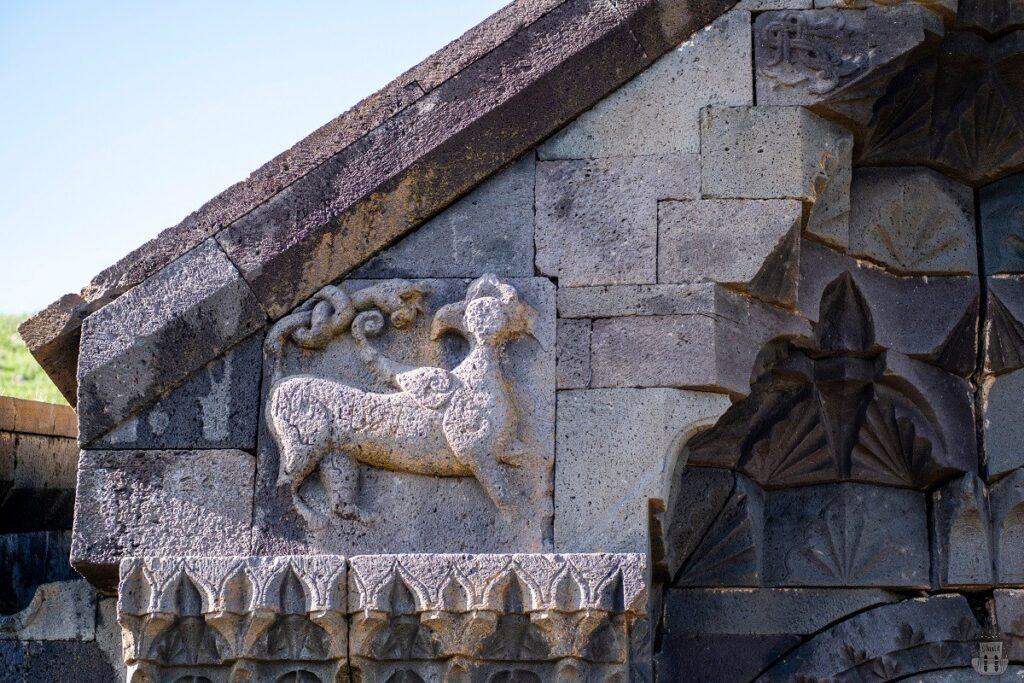
Architecture
The only entrance to the caravanserai is the rectangular vestibule adjacent to the main hall. It has a gabled roof of stone slabs resting on three arches. On the eastern side, these arches rest on the edges of the windows. The southern wall of the vestibule and the front of the entrance wall are the few places in the caravanserai where ornaments are present. The entrance has decoration around the semicircular architrave, with high reliefs of a winged animal on the left and a bull on the right. The only other decorations are around the oculi of the hall.
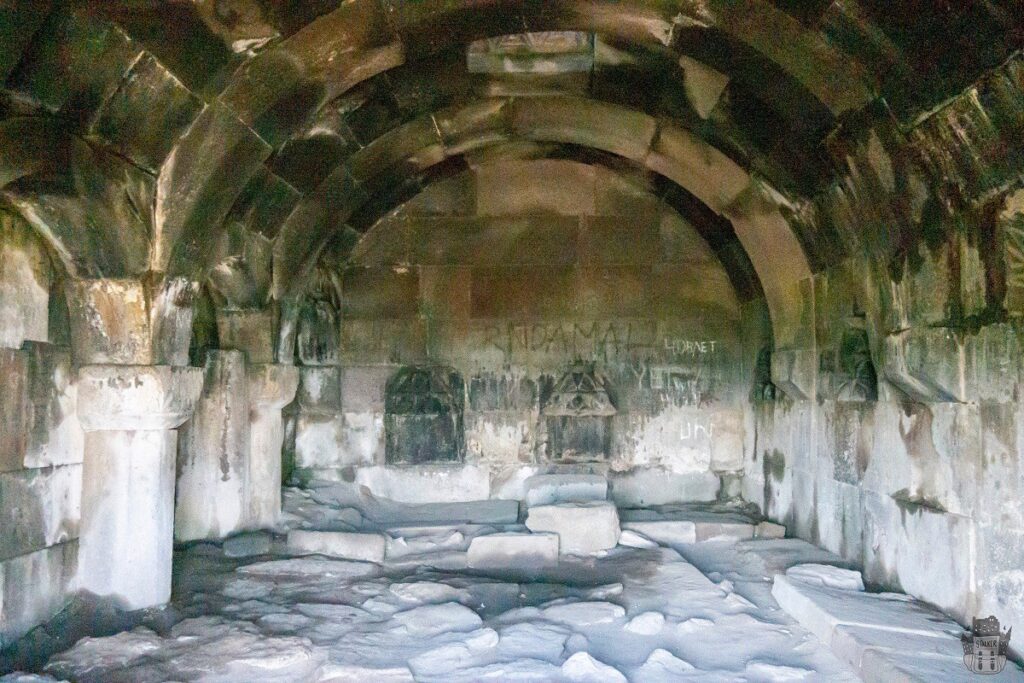
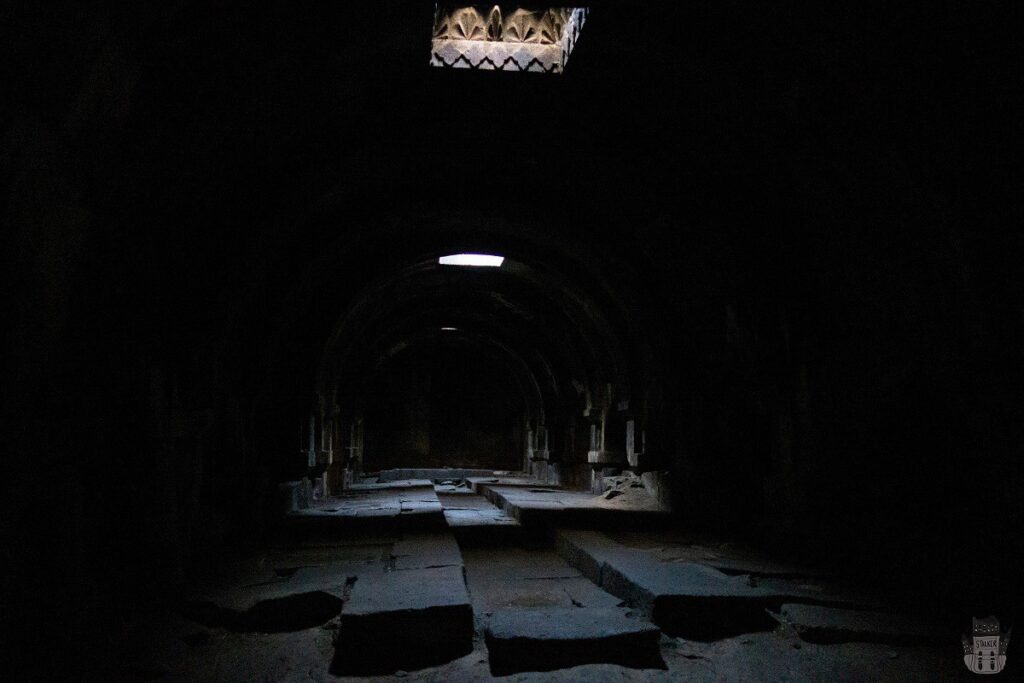
On the vestibule are two inscriptions, one written in Persian and the other in Armenian. The Persian inscription on the semicircular lintel of the entrance was almost obliterated by vandals, but the Armenian inscription on the eastern inner wall, immediately after the entrance at the top right, is legible and reads as follows:
In the name of God almighty and powerful, in the year 1332, in the reign of Busaid Khan, I Chesar, son of the prince of the Liparit princes and my mother Ana, granddaughter of Ivane, and my brothers, handsome as lions, the princes Burtel, Smbat and Elikom of the Orbelian dynasty, and my wife Khorishah, daughter of Vardan [and . …] of the Senikar dynasty, have built this spiritual house with our funds for the salvation of our souls and those of our parents and brothers resting in Christ, and of my brothers and living sons Sargis, Hovhannes the priest, Kurd and Vardan. Please, passers-by, remember us in Christ. The beginning of the house [took place] during the high priesthood of Esai and the end, thanks to his prayers, in the year 1332.
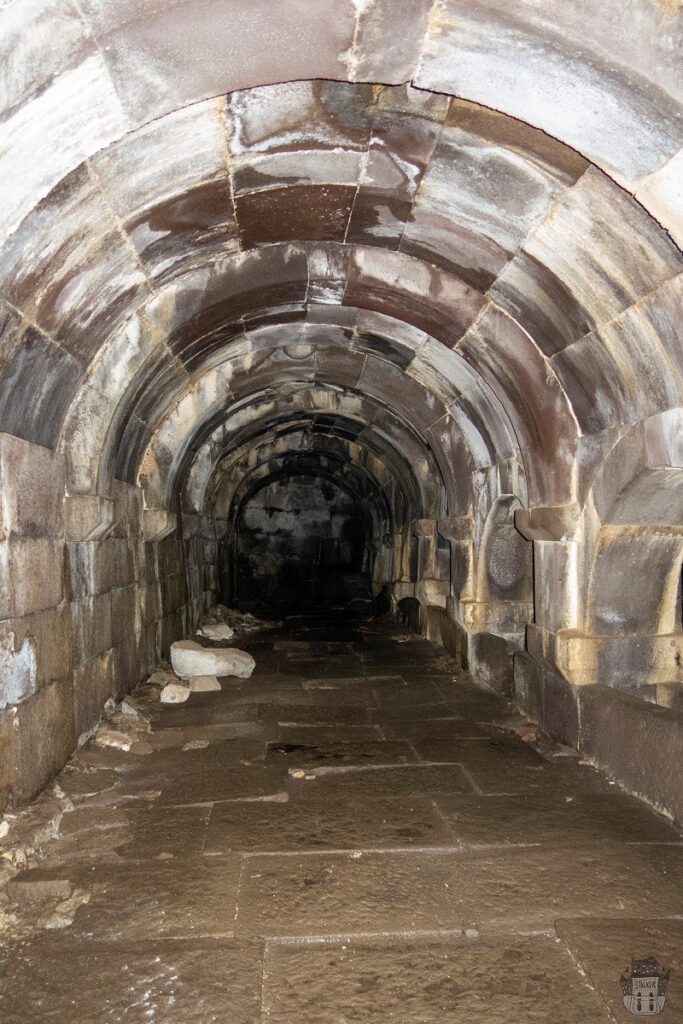
The caravanserai is built of basalt blocks. It has a single hall divided into three naves, with seven pairs of polyhedral pillars. Animals rested in the narrow aisles to the left and right of the main hall. Between the pillars were stone troughs for the animals and in the corner of one of the halls was a water tank. Travellers slept in a separate room built at the end of the narrow corridors on the western side of the caravanserai. The roof of the three-aisled hall had three parallel vaults with an oculus in each. The vaults were supported by arches that extended from pillar to pillar along the aisles. The oculi in the centre of each of the vaults served to let in sunlight and fresh air, but also to let out smoke.
The caravanserai was restored in 1956-1959. The ruins of a structure to the east of the vestibule were once believed to be a church. This hypothesis, however, was disproved by archaeological excavations in 2014.
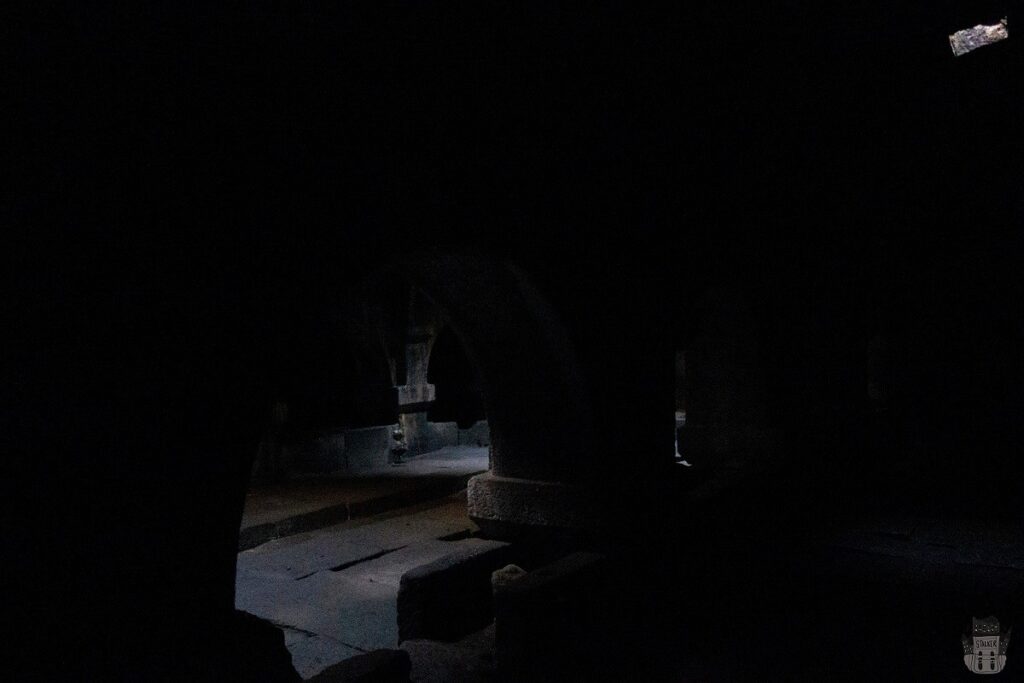
Legends of Armenia
The Vardenyats Pass connects the provinces of Vayots Dzor and Gegharkunik. According to legend, the son of the Kurdish leader Suleyman fell in love with a girl from Gegharkunik and often happened to secretly cross the pass to visit her. One cold winter, during his crossing, the young man lost his way and died. In memory of his son, Suleyman built a dwelling on the pass so that strangers could find shelter during snowstorms. The Orbelian Caravanserai stands today on the site of the bereaved father’s inn.
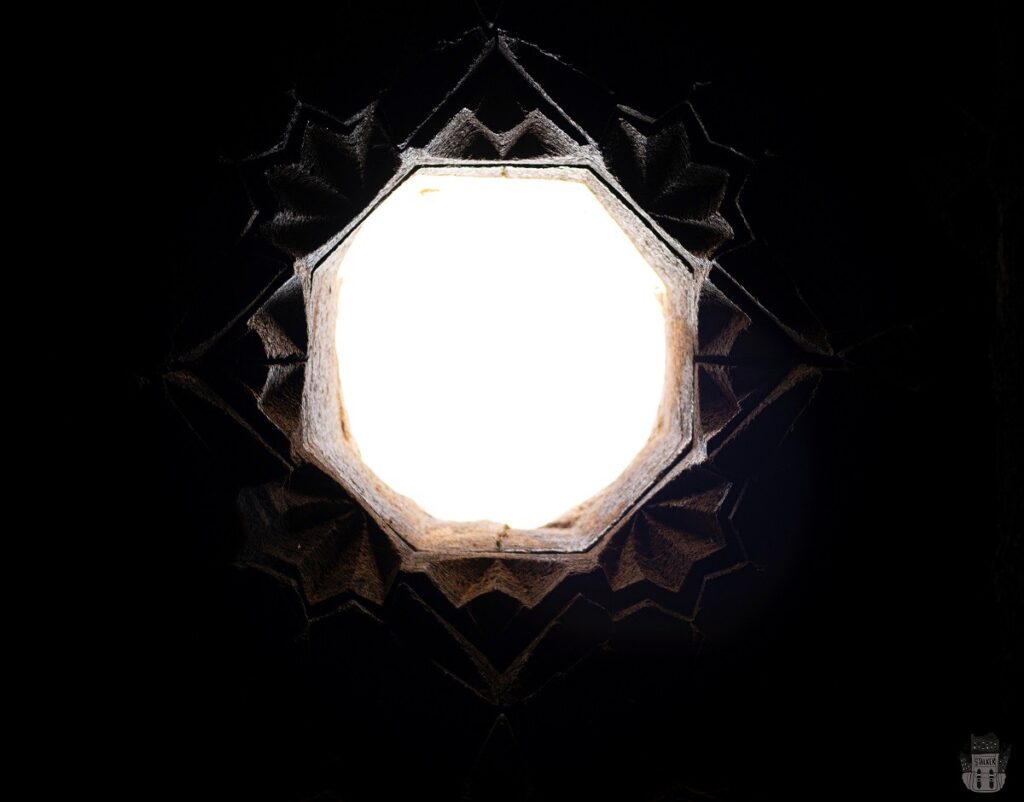
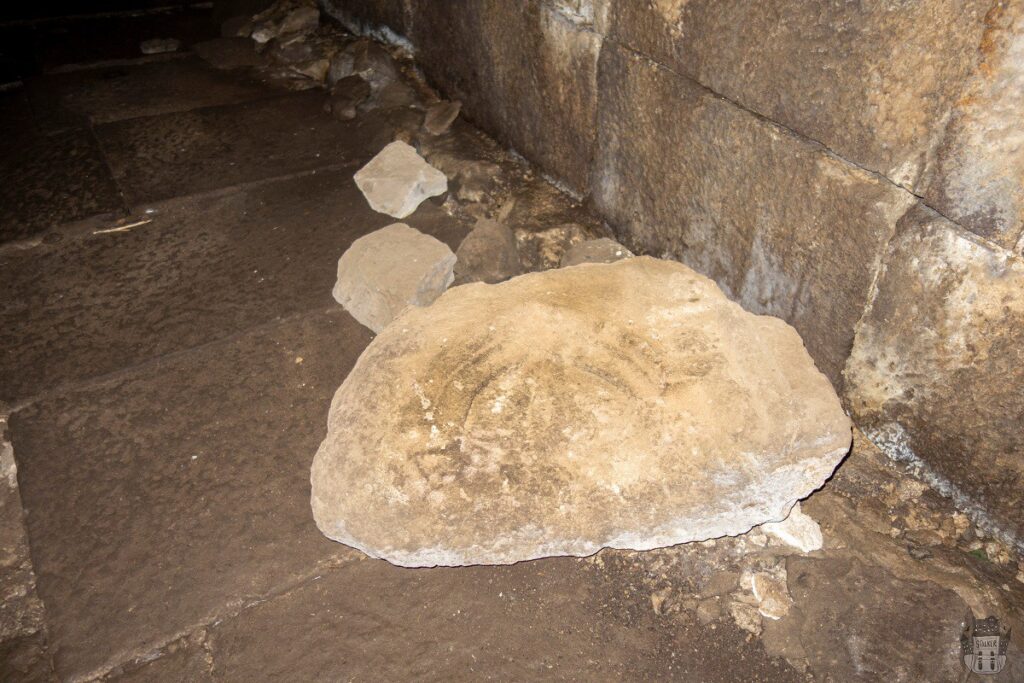
Urbex location:
